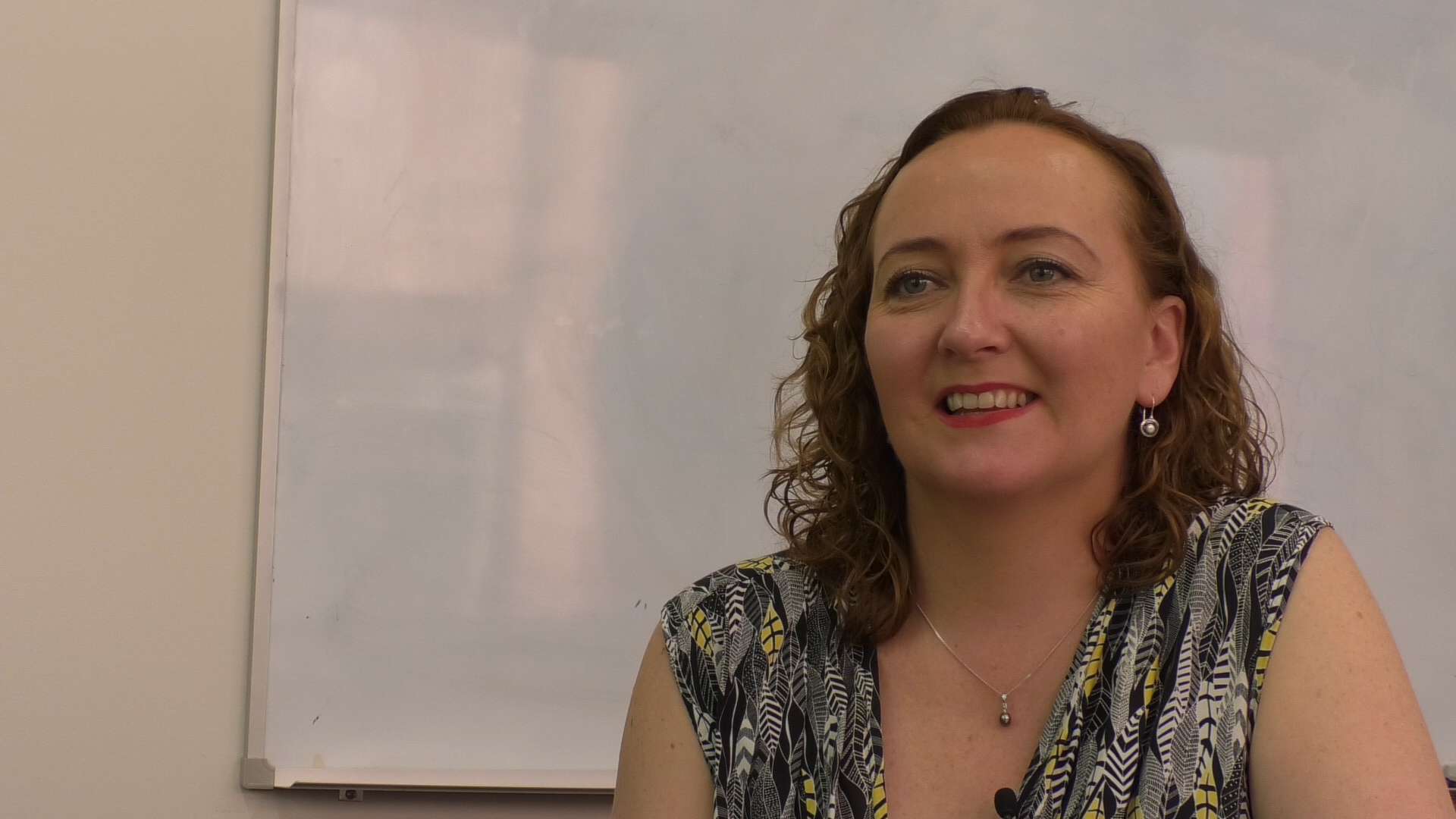
Name: Mary
Age at interview: 47
Diagnosis: Medically-induced premature menopause (following treatment for ovarian cysts)
Age at diagnosis: 39
Background: Mary works full-time as a marketing officer. She lives in a metropolitan city with her two children. She is from an Irish background.
About Mary: After her right ovary was surgically removed in adolescence because of a dermoid cyst, Mary experienced breast cancer at age 25. More cysts were found in her left ovary, requiring several surgeries. At 39, after experiencing hot flushes, low libido, mood swings, sleeplessness and weight gain Mary was diagnosed with Premature Ovarian Insufficiency (POI). She has found Hormone Replacement Therapy (HRT) helpful and also tries to exercise and eat a healthy diet.
More about Mary: When she was 14 years old, Mary’s right ovary was surgically removed due to a dermoid cyst. At age 25, she developed hormone sensitive breast cancer, for which she underwent a lumpectomy. Over the years, more cysts were removed from her left ovary during repeated laparoscopies. In her early 30s, Mary had two ‘uncomplicated’ pregnancies, followed by another surgery on her left ovary. When she was 37, she began experiencing heavy menstrual bleeding, missed periods, hot flushes, and poor sleep.
Sensing that ‘something was not quite right,’ Mary visited a general practitioner and a gynaecologist, but felt they were ‘dismissive,’ telling her she was ‘too young’ to have Premature Ovarian Insufficiency (POI). Frustrated by their responses, she underwent tests, which revealed she was post-menopausal.
Mary described her menopausal symptoms as ‘awful,’ and felt a sense of ‘loss of being a young woman.’ She experienced hot flushes, low mood, sleeplessness, weight gain, and low libido. A bone density test also revealed Mary had low bone density, which ‘really upset’ her. She felt that she did not receive sufficient information from her GP and gynaecologist, and described using the Internet to search for information, and reading ‘chat rooms or forums’ where ‘women would share their experiences.’
To deal with her POI symptoms, Mary saw an endocrinologist who initially prescribed hormone patches. However, these caused skin rashes and Mary had to stop using them. She was then given a different form of Hormone Replacement Therapy (HRT) – oestradiol gel, along with an Intra Uterine Device (IUD) and a testosterone cream. Mary reflected that this treatment ‘really improved [her] life,’ helping with libido and mood, though she has had continued difficulties with her weight. She described her endocrinologist as ‘amazing’ and ‘very understanding.’ This support meant that Mary did not ‘feel the need’ to visit a menopause clinics. Mary also tries to exercise regularly, eats a low-sugar diet, and takes vitamin D and calcium supplements.
POI affected both Mary’s personal and professional life. Having a manager who was not understanding of her situation eventually led her to quit her job, which also caused financial strain on her family. Mary also explained that her mood swings sometimes confused her children, but she has since talked with them about early menopause and said they are now ‘understanding.’ Mary is now hopeful that she doesn’t ‘have to worry about anything anymore’ with her health and that she will be ‘relatively problem free.’
